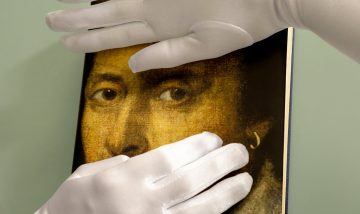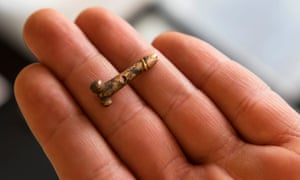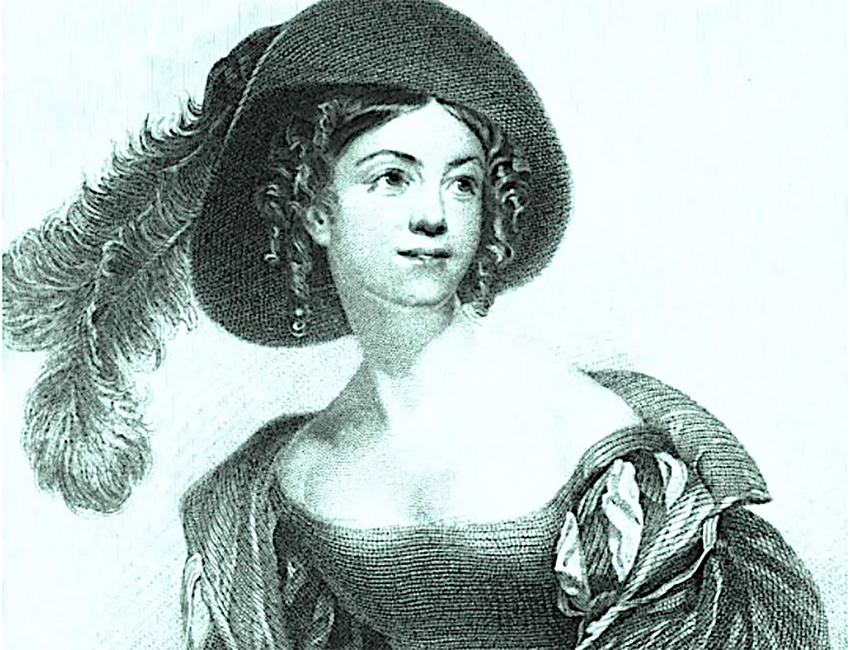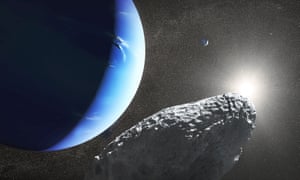via 3 Quarks Daily: Elizabeth Winkler in The Atlantic

On a spring night in 2018, I stood on a Manhattan sidewalk with friends, reading Shakespeare aloud. We were in line to see an adaptation of Macbeth and had decided to pass the time refreshing our memories of the play’s best lines. I pulled up Lady Macbeth’s soliloquy on my iPhone. “Come, you spirits / That tend on mortal thoughts, unsex me here,” I read, thrilled once again by the incantatory power of the verse. I remembered where I was when I first heard those lines: in my 10th-grade English class, startled out of my adolescent stupor by this woman rebelling magnificently and malevolently against her submissive status. “Make thick my blood, / Stop up th’ access and passage to remorse.” Six months into the #MeToo movement, her fury and frustration felt newly resonant.
Continue reading
==============================
via Interesting Literature
Say ‘fox and hedgehog’ and one is likely to think of several things. There is the old proverb, attributed to many people throughout history, that ‘the fox knows many things; the hedgehog, one big thing’. And, building on this idea, there is the philosopher Isaiah Berlin’s famous essay, ‘The Hedgehog and the Fox’. But these vulpine and erinaceous phrases and references are perhaps eclipsed by Aesop’s famous fable of the fox and the hedgehog.
Continue reading I found this fascinating.
==============================
via Library Link of the Day: Isaac Manlangu on Sowetan Live
The 4th industrial revolution has landed at the University of Pretoria with the employment of Libby, a new library assistant robot.
The new coolest attraction at the library of the University of Pretoria’s main campus in Hatfield is a robot named Libby.
Although short and slightly chubby for her height, she’s become the hottest thing on campus after being appointed as the new library assistant at the university which boasts a 50,000-plus student community.
Continue reading
==============================
via the Guardian by Tom Holland
In Rome they signalled good luck, but in occupied territories such as Britain they were meant to intimidate the natives

Found during excavations for Crossrail at Liverpool Street, London: ‘A penis was not simply a penis.’ Photograph: Graham Turner/The Guardian
Leave an image of a penis up long enough, and it will become part of our national heritage. The rush to record inscriptions made in a Cumbrian quarry in AD 207 has cast a spotlight on the rich legacy of graffiti in Britain by the Romans. Masons sourcing stone blocks for the nearby fortifications of Hadrian’s Wall carved a date, a phallus and the caricature of an officer. They were not alone in leaving their mark. Hunting for images of phalluses is one of the great pleasures of walking the wall. Look attentively enough, and they can be found repeatedly along its line.
Continue reading
==============================
via Boing Boing by Xeni Jardin

There it goes, making little cans of adorable fizzy beverages!
'This morning was the first canning run at our little craft brewery,' says IMGURian fleadh, who made this wonderful video.
Continue reading (yes, there is a video)
==============================
Are these two laws universal throughout nature?
via the Big Think blog by Robby Berman
- Zipf's law of abbreviation and Menzerath's law seem to govern not just human speech but chimpanzee gestures.
- Fifty-eight individual chimp gestures were catalogued in a new study.
- Their presence points to an intriguing overlap between language and genetic chemistry.

Photo credit: Tonirichsag1411 on Shutterstock
Continue reading
==============================
via the OUP blog by Karel Schrijver

“Artist impression of the exoplanet 51 Pegasi b” by European Southern Observatory. CC by 4.0 via Wikimedia Commons.
The University of Geneva’s Michel Mayor and his graduate student Didier Queloz were the first to discover a planet orbiting a distant star much like our own Sun. Meticulously ruling out, one after the other, alternative interpretations of their measurements, in October 1995 they announced the discovery of the planet designated 51 Pegasi b, now known as Dimidium, orbiting the star 51 Pegasi, since named Helvetia. Michel Mayor presented the discovery to an international assembly of astrophysicists in Florence, Italy.
==============================
via Interesting Literature
In this week’s Dispatches from The Secret Library, Dr Oliver Tearle enjoys a world tour of the English language courtesy of Paul Anthony Jones’s new book
They say you should never judge a book by its cover, but ‘they’, of course are wrong. They’re especially wrong in the case of Paul Anthony Jones’s books of language trivia, which are becoming as much of an annual event – at least at IL Towers – as Jools’s Hootenanny or eating too much Christmas dinner. Last year’s book was a year’s guide to the English language – a yearbook of forgotten words, going through the calendar from 1st January to 31st December – and sported a beautifully designed cover that made it equally ideal for putting on show on the coffee table as hiding away as a private pleasure in the smallest room. And Jones’s new book, Around the World in 80 Words: A Journey Through the English Language (Elliott and Thompson), which is a geographical rather than chronological journey through the English language, sports an equally delightful blue-and-gold cover which matches perfectly the glittering facts to be found within.
Continue reading
==============================
via Arts & Letters Daily: Lucasta Miller in the Paris Review

ARTIST, HENRY WILLIAM PICKERSGILL; ENGRAVED BY D. H. ROBINSON, L.E.L., 1852
Not many people know what happened to English literature between the end of the Romantics and the beginning of the Victorians. This troubling era in British cultural history has never been given a name; it’s been called a “strange pause” and an “indeterminate borderland,” and dismissed as a tedious “flat calm” during which nothing much happened.
It was certainly strange, and its literary voices were indeed indeterminate—often calculatedly so, making their tone hard for the modern reader to pin down. But the one thing British publishing culture was decidedly not during the 1820s and 1830s was calm, as is demonstrated in the rise and fall of the prolific poet and novelist Letitia Elizabeth Landon. Known by her initials “L.E.L.” and called the “female Byron” in her day, she was born in London in 1802, and found dead in 1838, a bottle of prussic acid in her hand, a few weeks after arriving at Cape Coast Castle in West Africa. It was a fittingly dramatic end to a short but tumultuous life as one of London’s most talked about literary phenomenons.
Continue reading
==============================
via the Guardian by Ian Sample Science editor

Artist’s concept of Neptune’s Hippocamp moon. Photograph: Space Telescope Science Institute Office of Public Outreach/Nasa, ESA, J Olmsted (STScI)
Astronomers confirm orbit of tiny moon Hippocamp via multiple images from Hubble
A miniature moon that whizzes around Neptune at breakneck speed has been tracked by astronomers working from the US.
The speck of a moon, no more than 21 miles across, hurtles around the distant gas giant at about 20,000 miles an hour, 10 times faster than our own moon circles Earth, scientists said.
“This is the smallest known moon around the farthest known planet in the solar system,” said Mark Showalter, a senior research scientist at the Seti Institute, in Mountain View, California.
Continue reading
No comments:
Post a Comment